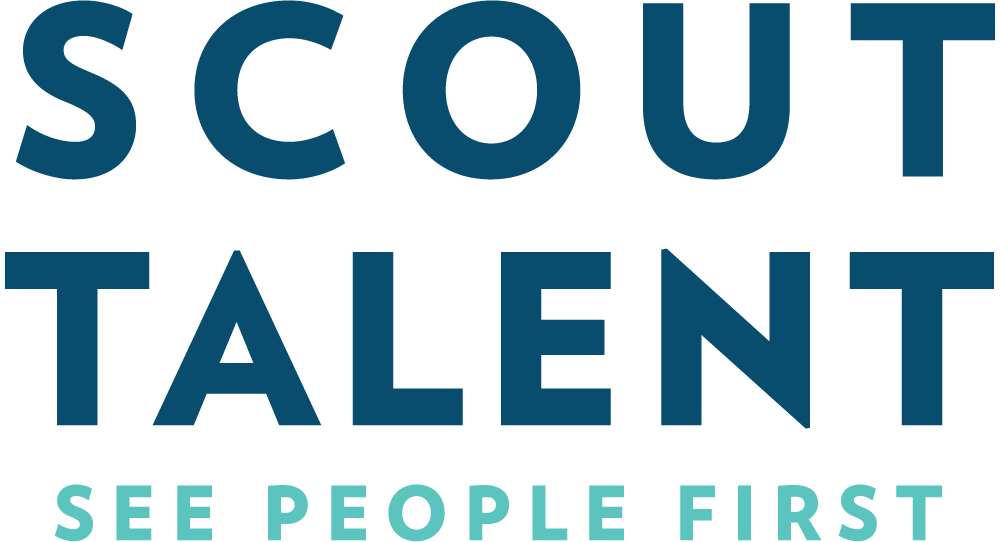It has been a long and gruelling journey to this point, but for a lot of the western world the end of the Covid-19 pandemic is in sight. Assuming the light at the end of the tunnel is in fact an
exit and not an oncoming train, many leaders are now trying to decide how their workforce should operate going forward. For some industries like retail or tourism, this is an easy decision as the
industry functions on human interaction. However, many office-based organizations don’t have such an easy decision before them. Whether they choose to remain fully remote, fully office-based, or a hybrid of the two there is every chance that some parts of the workforce may be displeased, and a displeased workforce can result in the loss of key team members.
Remote, hybrid, or office-based
Between cutting out a commute, more time with family, flexible dress code, and more flexible hours there are some clear benefits to working remotely. Many employees are eager to hold on to these
benefits after the pandemic ends to the point that, according to a recent survey carried out by Robert Half, 1 in 3 professionals currently working from home would look for a new job if required to return to the office. The willingness and desire for employees to change roles in order to maintain the ability to work from home is worth noting by recruiters and hiring managers. If you’ve been struggling to fill some roles, offering a remote option could be the solution for attracting a candidate away from your talent competitor.
This same survey by Robert Half showcased that 51% of professionals would favour a hybrid model where they can work both remotely and in the office. Only 19% of respondents wanted to return to the office on a full-time basis. Both of these groups expressed concerns around weakening social relationships between co-workers, decreased productivity while working at home, and most interestingly of all, fewer career advancement opportunities. It seems that many professionals are feeling both out of sight and out of mind when it comes to the advancement of their careers.
Leadership appears to be equally divided on which style of working is best for their organization going forward. Some feel they’ll lose their culture and the subsequent benefit of a motivated
workforce if they maintain remote working or move into a hybrid model. Other leaders can appreciate that they’re able to function successfully as an organization while working remotely. These
leaders also have the potential to make huge savings by eliminating or downsizing a physical office.
What would a hybrid model look like?
In terms of what a hybrid model of working would look like, many employees are looking for flexibility in regard to how often they’re in the office and when they can be home. This can be
particularly beneficial to those who struggle with the noise of the office while working, or others who have specific child care needs. The challenge for leadership is building this model in a
manner that makes sense for the business. Full flexibility of the workforce can be tricky to offer as it can be challenging to manage this flexibility while also leveraging savings from a smaller
office space. One way around this is to move to a smaller office space of hot desks and manage the onsite numbers through a virtual sign-up sheet. Scheduling is another option available to leaders
trying to offer a hybrid model. Scheduling team members to be in the office on certain days or weeks and remote for other days or weeks can allow leaders more control of onsite numbers. This makes it significantly easier to leverage the savings of reducing the size of your office space.
How to know what’s best for your workforce
Moving back to the office, staying remote, or opting for a hybrid model are the current options on the table. Which one works best for an organization is going to vary based on that organization, its Employer Brand and culture, and the people who make up that organization. The best way to know which solution is going to work best for your people is to ask them, but do it anonymously so that you get a truthful answer. There are plenty of simple free survey tools online for gathering such a simple analysis. However, while you’re surveying your team on this aspect of their future this is also a really good time to also get a sense of where your culture is, as we leave the pandemic, and start putting together an action plan for where you want your culture and the teams overall motivation to be. Many organizations offer culture or engagement surveys and if you’re interested in deploying one for your team, Employee Engagement Surveys are something that we here at Scout Talent specialize in as well.
Closing Thoughts
The pandemic has kept many of us in a holding pattern for so long that we’ve almost forgotten what it was like to exist without it. But that time of no longer social distancing is looming on the
horizon and that means leaders need to make plans for what that’s going to look like. Covid-19 blindsided many of us, but life without Covid-19 shouldn’t blindside us as well. Now is the time to
prepare so that we can all thrive when the world returns to normal.
If you would like to learn more about Employee Engagement Surveys for your organization, get in touch with us here.







